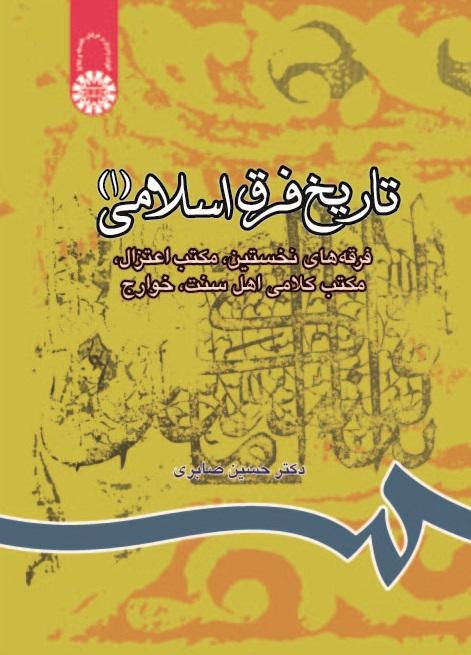

A History of the Islamic Sects (1):The Early Sects, Mu'tazilism, the Sunnit Theological School, and the Kharjites
The history of Islamic sects is full of ups and downs and mysterious convolutions. These challenging complications are rooted in philosophical, political and social changes in the Islamic world and the emergence and abolishment of different trends of thought and thinkers. The mysteries are also the result of differing interpretations of religion and conflicting goals and intentions of dealing with religion and religious phenomenon, and divergent ways of comprehending and expressing religious teachings and reminding others of their existence. The author has attempted to give an objective account of the general beliefs prevalent about each individual sect and its thoughts and scholars, so that the reader will be able to reach a general understanding of these sects through this work.
The book is in four parts and sixteen chapters. The first chapter deals with “Islamic Sects, Basis and Background”. The first part titled “Primary Sects” studies the following sects successively: Ghadrieh, Jahmieh, Mushabihah, and Morajisah. Second part is dedicated to the sect of Etezal. In this part genesis and transformations of Motazilah, their thought, rational approach to religion, and branches and hierarchies of Motazilah scholars are discussed. The third part under the name of “the Sunni Kalam School” addresses the rhetorical tradition of the Sunnis, Ashairah as the representative of the Sunni rhetoricians, Tahaviah, Matraidiah and Kiramiah. In the fourth part titled “Khavarij”, Khavirij are studied both as a political branch and a rhetorical sect; and also their thought and scholars and their branches.
In studying each of these sects some introductory points along with the process of their evolution is presented. And since the study of the transformations of a sect is not possible or is partial without at least a perfunctory familiarity with their thoughts, a general account of their thoughts is also provided and finally the history of their scholars and their internecine sects are discussed.
.
Compiled for the students of theology (religions and mysticism) as a textbook for a course in “A History of Islamic Sects (1-2)”, this book attempts to give an objective account of the general beliefs prevalent about each individual Islamic sect and its thoughts and scholars, so that the reader will be able to reach a general understanding of these sects through this work.
Selected Book ofn the 14th Best Academic Book Award, 2005





